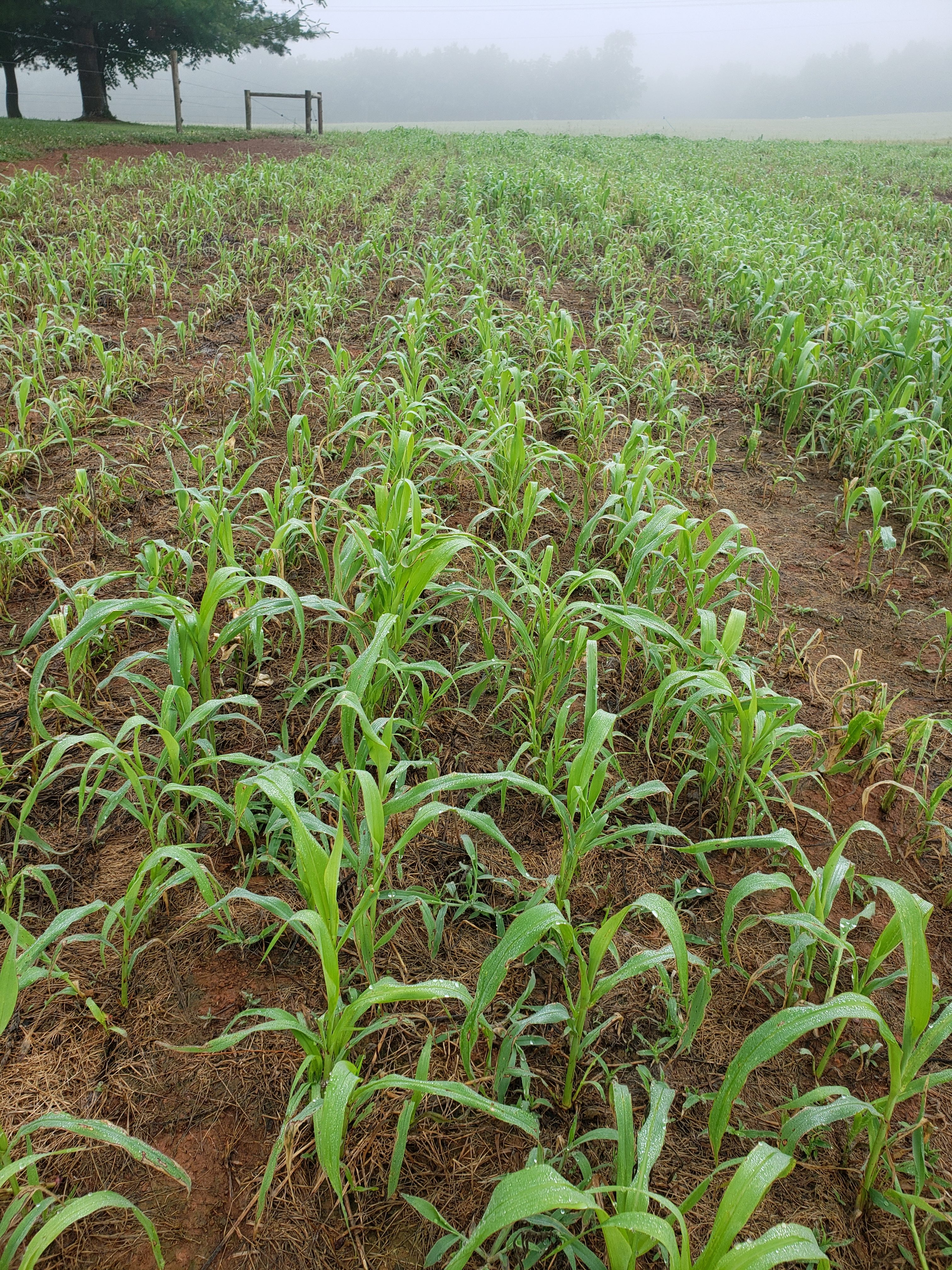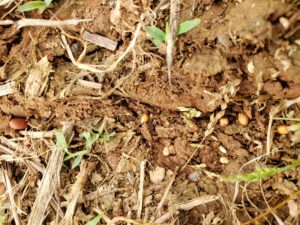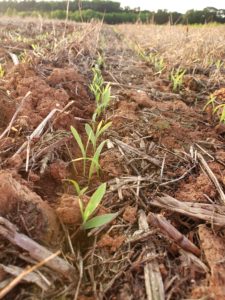Successful Forage Establishment
go.ncsu.edu/readext?702354
en Español / em Português
El inglés es el idioma de control de esta página. En la medida en que haya algún conflicto entre la traducción al inglés y la traducción, el inglés prevalece.
Al hacer clic en el enlace de traducción se activa un servicio de traducción gratuito para convertir la página al español. Al igual que con cualquier traducción por Internet, la conversión no es sensible al contexto y puede que no traduzca el texto en su significado original. NC State Extension no garantiza la exactitud del texto traducido. Por favor, tenga en cuenta que algunas aplicaciones y/o servicios pueden no funcionar como se espera cuando se traducen.
Português
Inglês é o idioma de controle desta página. Na medida que haja algum conflito entre o texto original em Inglês e a tradução, o Inglês prevalece.
Ao clicar no link de tradução, um serviço gratuito de tradução será ativado para converter a página para o Português. Como em qualquer tradução pela internet, a conversão não é sensivel ao contexto e pode não ocorrer a tradução para o significado orginal. O serviço de Extensão da Carolina do Norte (NC State Extension) não garante a exatidão do texto traduzido. Por favor, observe que algumas funções ou serviços podem não funcionar como esperado após a tradução.
English
English is the controlling language of this page. To the extent there is any conflict between the English text and the translation, English controls.
Clicking on the translation link activates a free translation service to convert the page to Spanish. As with any Internet translation, the conversion is not context-sensitive and may not translate the text to its original meaning. NC State Extension does not guarantee the accuracy of the translated text. Please note that some applications and/or services may not function as expected when translated.
Collapse ▲No matter whether you’re planting a pasture or a hayfield, seed costs can be expensive. Add in your time and equipment costs and establishing a forage stand is not a cheap proposition. That’s why it is important to follow some guidelines to give you the best chance of success.
1. Soil fertility… Plants need nutrition and the proper pH to grow. A soil report is the only way to know what you need.
2. What is the correct forage species to plant??? Don’t choose something that won’t grow well here. Extension can help you with that.
3. Seedbed Preparation… Good seedbed preparation is a key, as a firm seedbed will help with seed placement, especially small-seeded forages. If growers are establishing new pastures or hayfields then the soil needs to be level, firm, and free of clods and other debris. A final seedbed that is smooth and free of ridges and depressions could affect harvest equipment for years to come. If no-tilling, residue, and soil moisture can affect the correct placement of seed.
4. Weed Control…Often weed control needs to start before you actually put the forage seed in the ground. The NC Chemical Manual can provide some guidance.
5. Seeding Rate, Depth, and Time…
All these are critical to success when establishing forages. Check out the Forage Planting Guide for North Carolina for these details. Or check out the online version of the planting guide based on crop and location.
6. Equipment… using the correct equipment is important so that you get the seed placed at the right depth. Many different equipment options are available and can be successful with planning and calibration. Calibrate the drill or seeder to make sure you are putting out the correct amount of seed. Planting too deep is often the cause of stand failure.
Successful forage stands can be achieved with some planning. If you have questions about forages, seeding rates, planting techniques, or any other forage related topics please contact the Extension office.
Now is a good time to plant some summer annuals, but this information can also be used when it’s time to plant cool-season perennials this fall.







